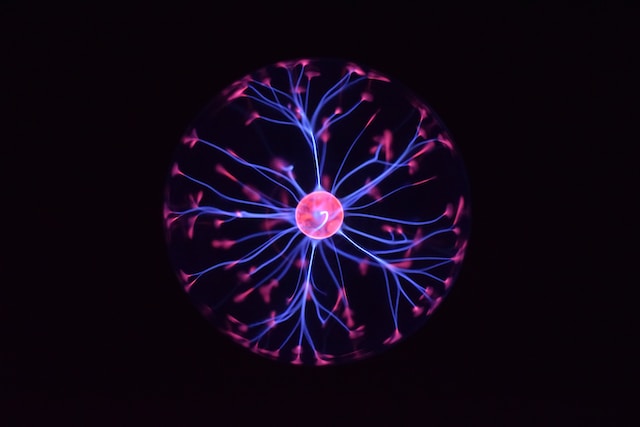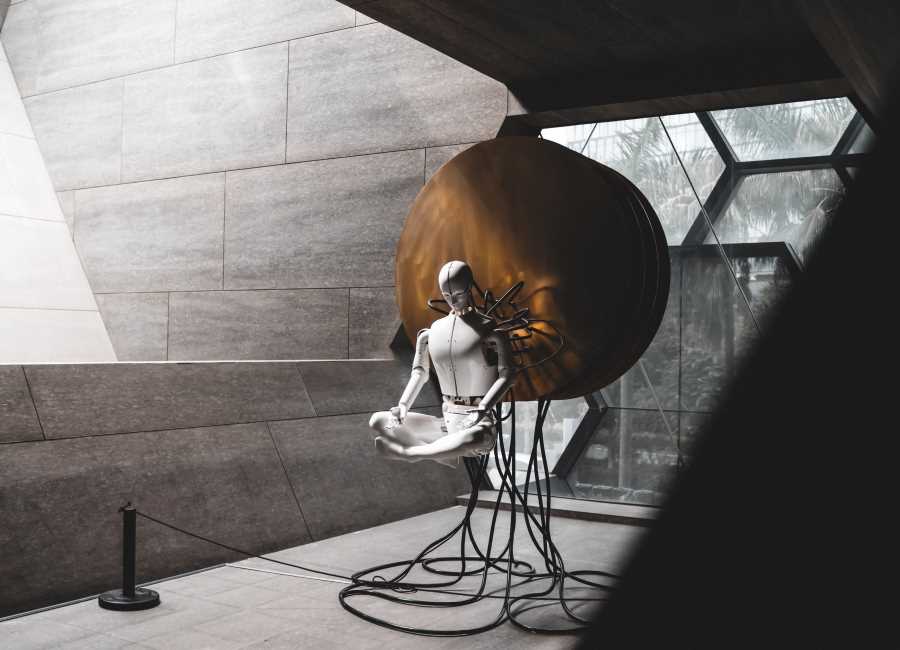7 problems with cryonics
The global life expectancy is currently hovering somewhere around 72 years. It is longer for women and shorter for men. It is higher in developed countries and lower in third countries with poor sanitation and access to healthcare. This is primarily thanks to advanced medicine, technology and economic growth.
People now live twice as long as they did a couple of hundred years ago. Scientists continue to look for ways to extend life even more, sometimes even ignoring the fact of human death. We are referencing cryonics, a practice that, despite the actual death of a person, relies on the medicine of the future, which might give a person a chance to live again. Sounds impossible? At first glance – yes, and this is not surprising, since there are many questions that cannot be answered yet.
Transhumania explained the concept of cryonics and reviewed seven of the most common arguments known in the field. Is it possible to freeze the dying person, then revive them in the future where aging has been cured? This is still open for discussion.
1. The problem of efficacy
How do we know this will work? The whole procedure is based on the vitrification process, which helps to “freeze” a person without harm to the tissues, but how this will work in the case of “defrosting” is not yet known..The process of freezing, as well as defreezing, does not occur instantly, and since it takes some time. The formation of crystals, denaturation of proteins and, unfortunately, the destruction of some cells is inevitable.
However, a new method developed using nanoparticles could possibly solve this problem if the tissues were uniformly heated to avoid the formation of even the smallest ice crystals. A study on this topic led by John Bischoff of the University of Minnesota eventually demonstrated that “nanowarming” could potentially bring cryonics life extension techniques out of realm of science fiction and into practical reality.
Their research paper “Improved tissue cryopreservation using inductive heating of magnetic nanoparticles” describes a significant breakthrough where scientists were not only able to cryopreserve human and pig organs but were also able to successfully rewarm them without causing any damage to the tissue. However, long-term cryopreservation can also cause harm outside the cell. The so-called extracellular matrix creates problems for restarting organs. Again, in this case, scientists rely on future technologies that will be able to make a decent 3D copy of a person and thereby solve this problem.
There is a theory that it will be possible to artificially recreate a person just by having a scan of his brain. As we can see, that is really pushing it for a technology that is supposed to be available a century from now, but nevertheless, scientists do not stop trying in this area, since one of the main arguments remains that there is nothing in the laws of physics that strictly rejects the possibility of cryonic revival, and at the moment it’s all just an engineering problem.

2. The problem of cost
Cryonics is logistically complex, expensive and literally a long-term investment. Today, prices for full-body preservation in leading companies reach up to $ 200,000, which is considered quite a serious amount for the majority of people. There is also an option to preserve only the head, which will cost about half as much. But as people’s interest in this area is growing, there are already private insurance companies that cover cryopreservation, or even service providers offer different subscription systems, which makes the procedure much more affordable
3. The problem of reuscitation
The truth is that today there are no successful cases of human reanimation from cryopreservation. The whole idea relies on future technologies and scientists, who might find a way to do it. Why is it so difficult? First of all, because cryoprotectants, which are used to prevent the formation of ice crystals in cells, are toxic and therefore can cause great harm to the human body over a long period of time. In this case, scientists will not only have to cure what killed the person, but also solve the problem of the toxicity of the substance that replaced all the water in the human body. One of the possible solutions scientists consider, is the creation of nanomachines. This can solve the problem of toxicity at the molecular level. The next task after solving the problem with toxicity will be to restart the brain, which today sounds almost impossible. But if these nanobots are able to treat brain damage in real time, who’s to say they can’t restart those brain cells as well?
Looking ahead, it is worth saying that when it comes to revival, it is assumed that scientists will act according to the “Last in, First out” argument. This is based on the fact that the last patients were cryopreserved using more advanced methods and it is assumed that they have a better chance of recovery. But it is also needed to understand that almost all experiments pass the test period and most likely the first attempts to revive people will end in failures even with the right technologies. This means that no one has an accurate understanding and guarantees whether they will be among the so-called experimental revivals or already among patients when the technology is perfected.
4. The problem of identity
Even if we have the technology to reanimate a human being, who can guarantee that the reanimated person will have the same personality as he has in the “previous life”? We don’t know if the brain will be completely identical to the one that was frozen, just as we can’t foresee psychological problems for a person. The fact that our neurons are preserved when frozen does not mean that the memory will also be preserved and the person’s personality will fully return to existence.
Nevertheless, scientists say that long-term memory, as well as a personality, is a purely physical thing, and thus they argue that if it is possible to freeze the brain without forming crystals near proteins, then the information in your neural system should not be lost. Scientists compare cryopreservation with anesthesia or sleep, which does not affect the concept of continuity of consciousness or someone’s personality. But it is also worth remembering that cryopreserved people are not asleep, they are dead.This could still affects the continuity of consciousness. Then the question arises: would the revived person still maintain their identity?
5. The problem of legality
Let’s say we’ve solved the problems of efficacy, cost, resuscitation, and identity. Would the technologies that make this possible become illegal in the meantime? Even now, cryonics is perceived differently in different parts of the world. Most often, this is considered either a form of human burial or a donation to science. What status should have cryopreserved people? Are they dead, alive or how can this be defined? The concept of death is now different from what it was 50 years ago, when a person was considered completely dead if the heart stopped. Now we have things like defibrillation, CPR and suspended animation. Technologies have changed our perception of death and it may change even more over time. Besides, we don’t know what the laws and ethics will be in a couple of hundred years and perhaps scientists of the future will not have the right to revive such patients at all.
6. The problem of catastrophe
How do we know what will happen to humanity in a century? Will our planet look the same as it does now? Will people be here or will AI replace them? In addition, there is always the possibility of natural disasters, wars and epidemics. For example, the founders of Alcor identified Arizona as the most successful place in the United States for long-term cryopreservation, since this place is isolated from areas where natural disasters occur.
Additionally, in the case of any unexpected situation, Alcor has backup generators powered by solar panels in the hot Arizona desert. With such a system, if cryonics were an automated process with robots as staff, human intervention would not be necessary for several thousand years. Therefore, the main problem is not natural disasters, but social ones such as global crises, meltdowns, overpopulation, etc.
The last one in this list means that if there are technologies that can revive cryo patients, this technology will be available to all living people at that time. This raises the question, will the people of the future want to revive cryo patients, thus exacerbating the problem of overpopulation of the planet?

7. The problem of culture shock
Even today, the older generation already has difficulties in understanding the modern world of technology and innovation. One can only imagine what a psychological shock can be for a person reanimated after a century of preservation. Most likely, it will be a completely unfamiliar world, without old friends and family, which makes adaptation even more difficult. However, Alcor offers a guarantee of reviving family members and loved ones at the same time, to help overcome future psychological difficulties of the reanimated patients.
But what will you do if you wake up without your memory? How will your mind handle the news that you’ve been dead for years and have now been revived for your “next life”? Looking ahead, you need to understand that you will need to do something for living in a world that may have forgotten about the existence of all the professions you’ve ever known. What if you don’t even like the future world at all?
As we can see, we lack definite answers to many questions and are unlikely to get them in the near future. However, if you have at least a 1% chance to beat death, then this is much more than nothing, and perhaps it still makes sense to take a risk and rely on the hopes and forecasts of modern science.














